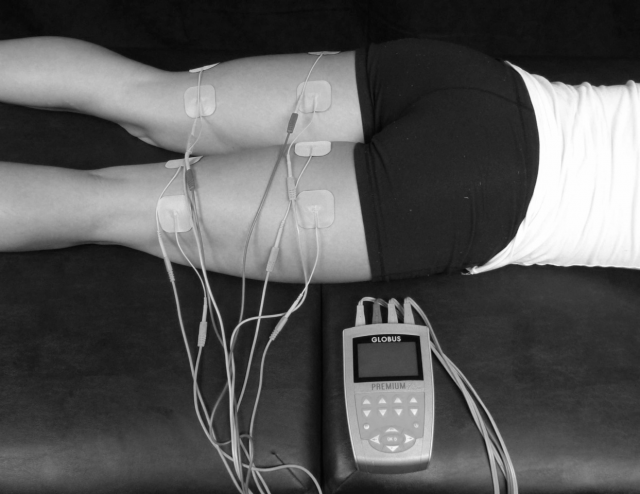Add Physio to Your List of Bi-Annual Check-Ups

You know when you go to the dentist and you get your teeth cleaned? It can be a little uncomfortable as they scrape and brush and shine, but afterwards, you run your tongue over your teeth and marvel at how smooth they feel. It’s weird, because they didn’t feel dirty or grimy before. And as the weeks go on, you won’t notice your teeth slowly accumulating dirt until your next appointment six months later, when you’ll marvel at their smoothness all over again.
Pain is like the dirt on your teeth. It accumulates over time in your muscles, ligaments, and joints. It’s gradual and rarely noticeable until the pain is either relieved or becomes too much. But unlike our teeth, rarely do we go for bi-annual check ups to ensure our body is running at peak performance. Ordinarily, we wait until we have a problem before we worry about our muscle health. But why? We don’t wait until our teeth rot to go see a dentist. So why do we wait for a muscle to tear or a joint to hurt before we see a physiotherapist?
Like the dentist, we recommend visiting your physiotherapist bi-annually. Going every six months will allow your therapist to screen you for any potential problems. It is much easier to address imbalances before they become an active injury. And, more often than not, the injury is linked to more than one muscle group.
Take runner’s kneefor example, the shooting pain is felt either below or above the knee cap, making physical activity very uncomfortable. But the injury isn’t just caused by weak knees; studies have shown that poor core strength and hip control issues contribute to an uneven stride that triggers runner’s knee. A certified physiotherapist can evaluate your lifestyle and can recommend which muscles and areas to strengthen to prevent the injury altogether. They work to stabilize your kinetic chain, helping you to maintain your optimal health.
Two check ups a year will go a long way preserving and cultivating your body’s strength. Don’t wait for the pain, prevent it and book your maintenance appointment now!
